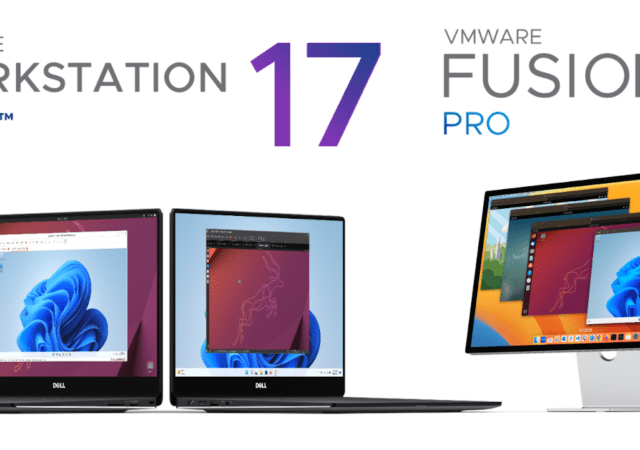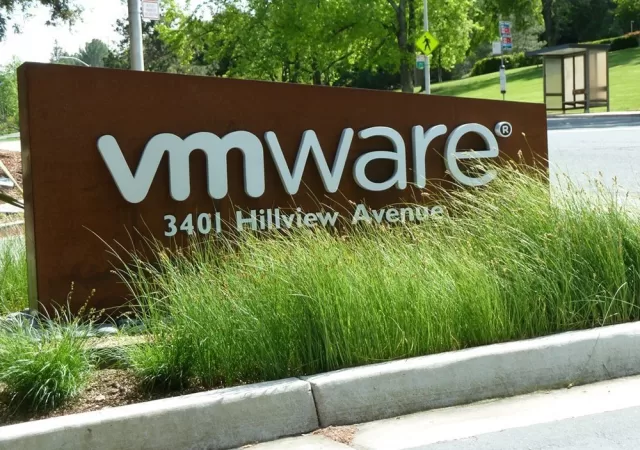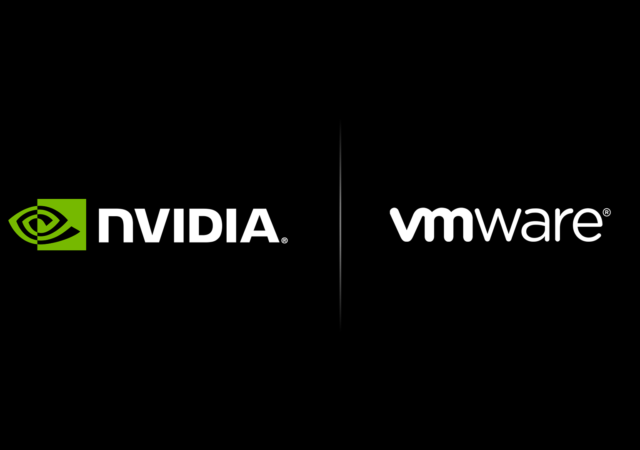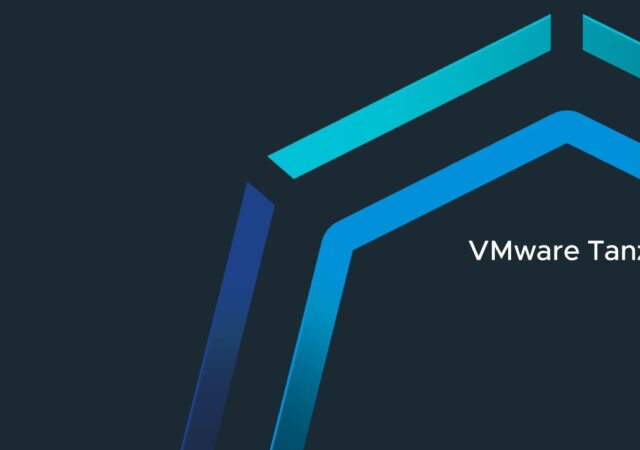After much backlash following the discontinuation of many free offerings from VMWare, the company is now offering Fusion Pro and Workstation Pro for free.
Broadcom Ends Free Version of VMware’s ESXi Hypervisor
Broadcom’s termination of VMware’s ESXi Hypvervisor causes ESXi 7.x & 8.x to no longer be available in its free form. Get insight into what this decision means and how one can still access the hypervisor.
[VMware Explore 2023] VMware Brings Data-Driven AI Automation to the Workspace Experience
VMware helps you navigate the complexities of hybrid work with Anywhere Workspace. Integrate with AI and capitalize on data, intelligence and automation to elevate employee and IT experience.
VMware Private AI Foundation with NVIDIA Looks To Enable Entreprises to Embrace Generative AI
VMware and NVIDIA have expanded their partnership to introduce VMware Private AI Foundation with NVIDIA, a platform designed to usher enterprises into the generative AI era.
[VMWorld 2020] WMware Tanzu Harnesses the Power of Kubernetes
Kubernetes does not have to be difficult with VMware Tanzu, now included in VMware vSphere and Cloud Foundation,







